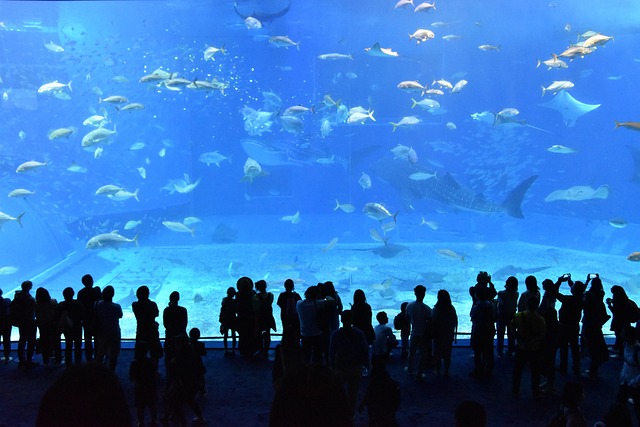The Fascinating Journey of Aquarium Ecosystems: A Dive into Aquascaping
Aquascaping, an under-the-radar hobby that's steadily gaining popularity, combines the love for nature, art, and marine life. As an emerging trend in pet-keeping, it transforms aquariums into underwater gardens. This article explores the captivating world of aquascaping, its history, current trends, and the potential impact it has on the pet industry.

A Glimpse into the World of Aquascaping
Aquascaping traces its roots to the 1930s when Dr. Innes began experimenting with aquatic plants in aquariums. However, it was Takashi Amano, a Japanese landscape photographer and tropical fish hobbyist, who popularized the art form during the late 20th century. Amano’s aesthetic philosophy, heavily influenced by traditional Japanese gardening, gave rise to a new perspective on aquarium design.
The Current Wave: Trends and Innovations
From modest beginnings, aquascaping has evolved into a vibrant hobby with a dedicated following. An increasing number of enthusiasts are now creating intricate underwater landscapes - complete with hills, valleys, and forests. These submerged gardens serve as a natural habitat for fish and other aquatic creatures, promoting their well-being.
Market Impact: A New Niche in the Pet Industry
Aquascaping has spawned a burgeoning market for specialized equipment and plants. High-end aquascaping tanks can command prices up to $5,000, while basic setups start around $100. Its popularity is also driving growth in related sectors, such as the aquarium plant and fish industries.
The Science Behind the Art
Aquascaping isn’t just about aesthetics. It requires a deep understanding of the aquatic ecosystem. The balance of CO2 and oxygen, light and shade, water chemistry, and the compatibility of aquatic species are all critical factors in creating a thriving aquascape.
The Future of Aquascaping: A Green Impact
Aquascaping shows promise as a sustainable hobby. By mimicking natural ecosystems, it promotes biodiversity and can serve as a tool for environmental education. It also presents an opportunity for the pet industry to shift towards more humane and eco-friendly practices.
In conclusion, aquascaping, with its captivating blend of art, science, and pet care, offers a fresh perspective on the conventional pet-keeping narrative. As it continues to gain traction, this niche hobby could potentially reshape the pet industry, steering it towards a greener and more sustainable future.




